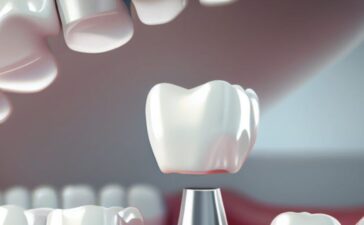Defibrillators are life-saving devices that are used to treat sudden cardiac arrest (SCA), a condition in which abnormal electrical activity causes the heart to cease beating suddenly. The odds of survival for this medical emergency are greatly reduced with each minute that passes without care, so prompt action is required. Defibrillators shock the heart with electricity to assist it return to a normal rhythm and may even save a patient’s life.

Understanding Sudden Cardiac Arrest
Globally, one of the main causes of death is sudden cardiac arrest. It happens when there is a problem with the electrical system of the heart, leading to an irregular heartbeat (arrhythmia). Ventricular fibrillation, in which the heart’s ventricles quiver rather than efficiently pump blood, is the most prevalent arrhythmia in sickle cell anemia (SCA). This illness can cause death in a matter of minutes if care is delayed.
Types of Defibrillators
There are several types of first aid defibrillators, each designed for specific settings and uses:
- Automated External Defibrillators (AEDs): These are small, readily available devices that are frequently seen in public settings including malls, schools, and airports. They are meant to be used by laypeople with no prior experience. AEDs are readily available and simple to use in an emergency because they offer both visual and auditory cues to assist users in defibrillating themselves.
- Manual External Defibrillators: These devices, which are mostly used by medical experts, let the user manually control the shock’s intensity level. They are frequently seen in ambulances and hospitals and demand a higher degree of training.
- Implantable Cardioverter Defibrillators (ICDs): Surgically implanted devices known as implantable cardioverter defibrillators (ICDs) are designed to continuously monitor the heart’s rhythm. The ICD shocks the heart to return it to normal when it detects an irregular rhythm. Patients with a high risk of recurrent SCA are treated with them.
How Defibrillators Work?
Defibrillators function by giving the heart a regulated electrical shock. The heart is able to return to a normal rhythm after the shock depolarizes the cardiac muscles, so “resetting” the electrical system. The following steps are usually involved in the process:
- Evaluation: The gadget evaluates the heart’s rhythm to ascertain whether defibrillation is required. AEDs and ICDs carry out this evaluation automatically, whereas manual defibrillators need the user to use an electrocardiogram (ECG) to interpret the heart rhythm.
- Charging: The gadget charges to the proper energy level if defibrillation is required. While manual defibrillators require the user to adjust the level, AEDs and ICDs choose the appropriate energy level automatically.
- Shock Delivery: Internal leads for ICDs or electrodes put on the patient’s chest for external defibrillators are how the device delivers the electric shock. The shock allows the heart to return to a normal beat by momentarily stopping its electrical activity.
The Value of Prompt Defibrillation
After SCA, the odds of survival drop by about 10% for each minute that goes without defibrillation. Rapid defibrillation and immediate cardiopulmonary resuscitation (CPR) can greatly increase survival rates. AEDs are especially useful in public places as bystanders can swiftly use them to provide vital intervention prior to the arrival of emergency medical services.

Education and Availability
Improving public awareness of AED use and making them more widely available are essential for raising SCA survival rates. AED and CPR training classes are widely available from many organizations to provide people with the knowledge and assurance they need to handle cardiac emergencies. In addition, most jurisdictions have rules and regulations requiring the availability of AEDs in public areas and workplaces, guaranteeing that these life-saving tools are accessible when needed.
Defibrillators are indispensable tools in the fight against sudden cardiac arrest. By delivering a controlled electric shock to the heart, they can restore normal heart rhythm and save lives. With various types of defibrillators available for different settings and needs, and increased public awareness and training, the potential to improve survival rates from SCA is significant.





